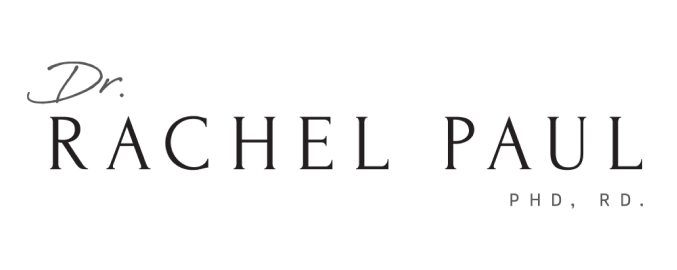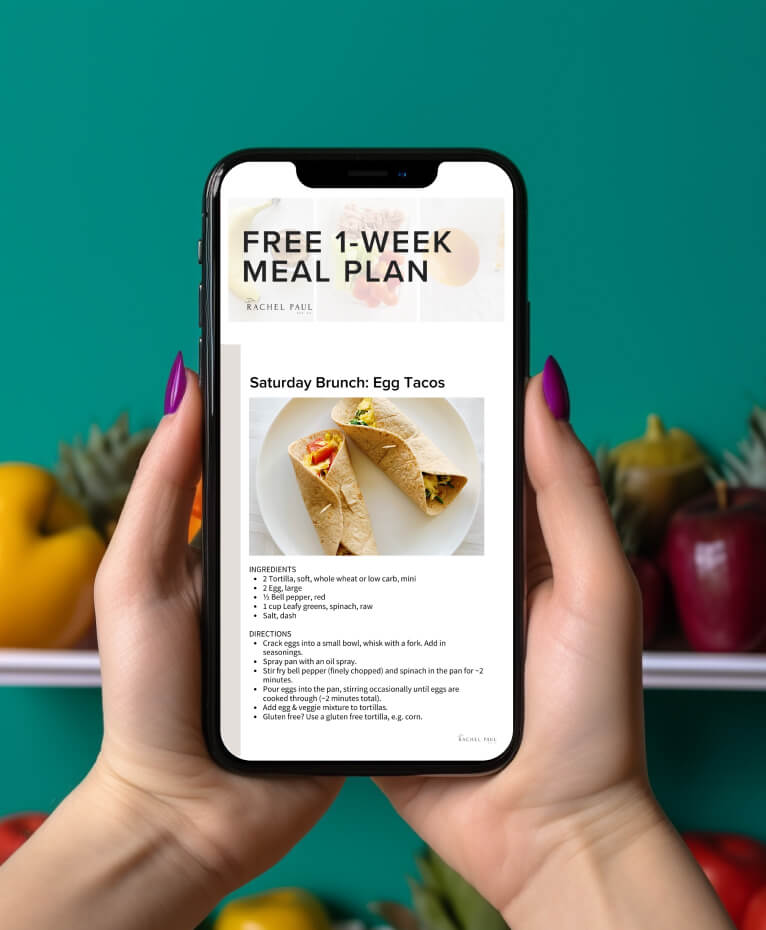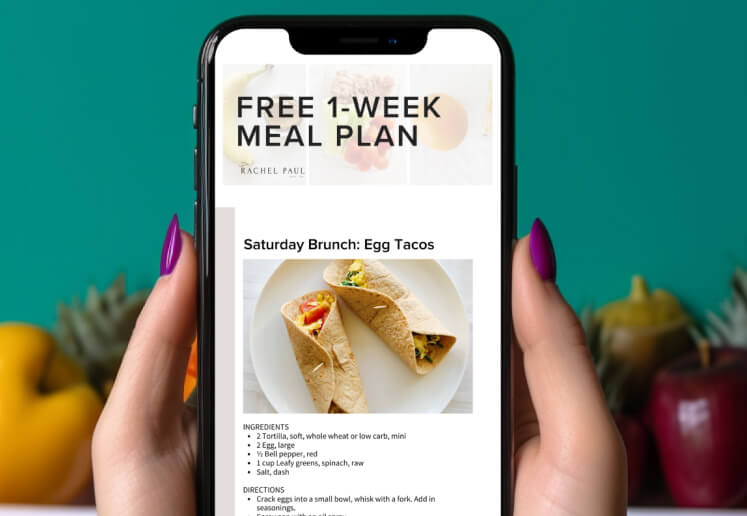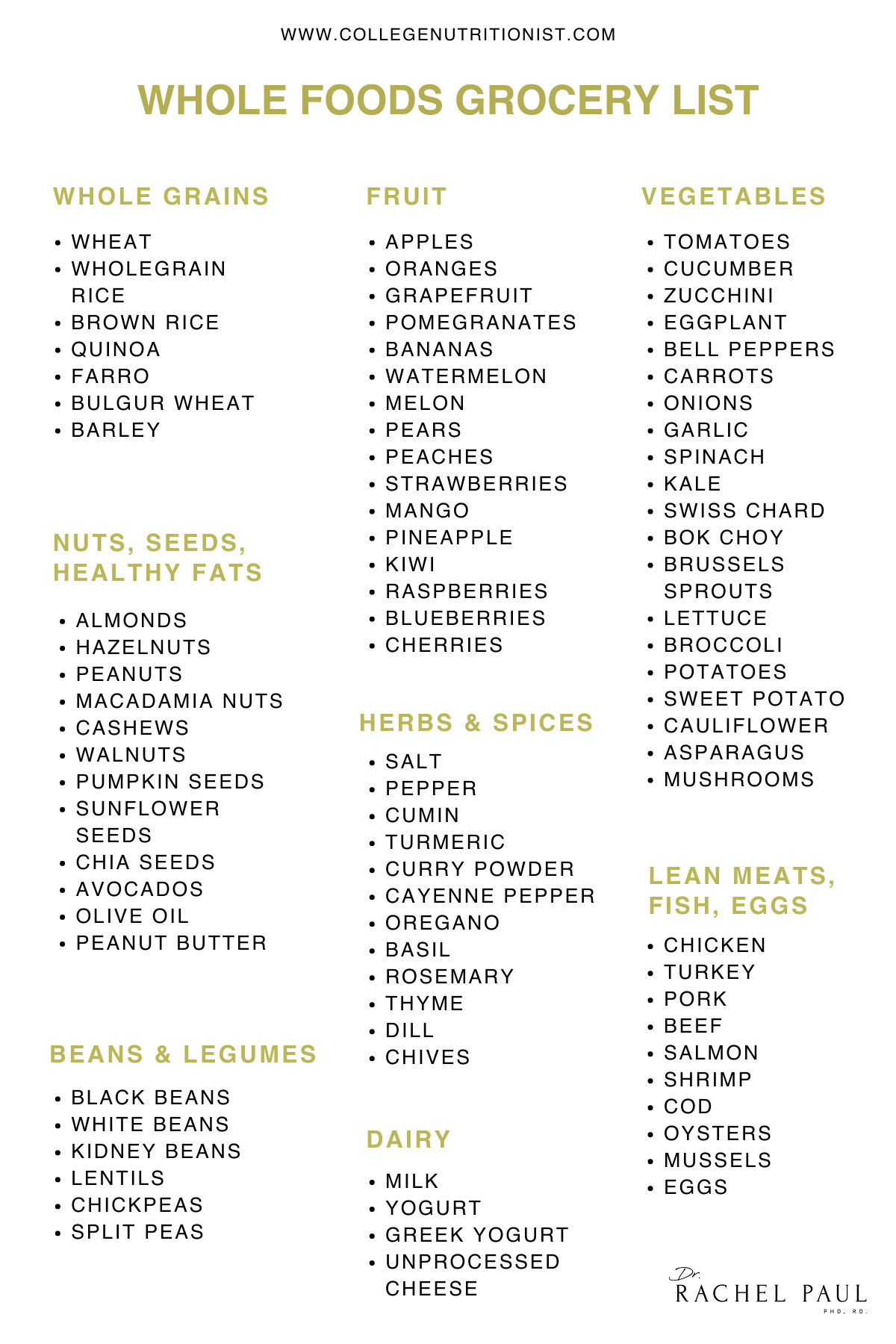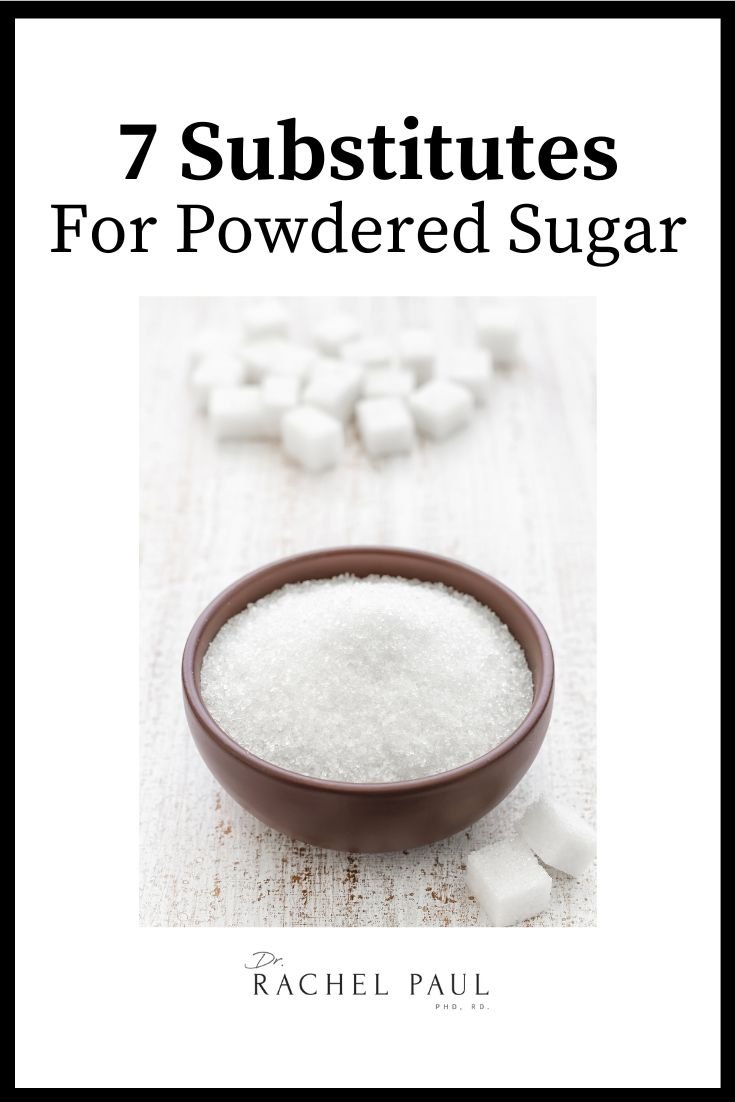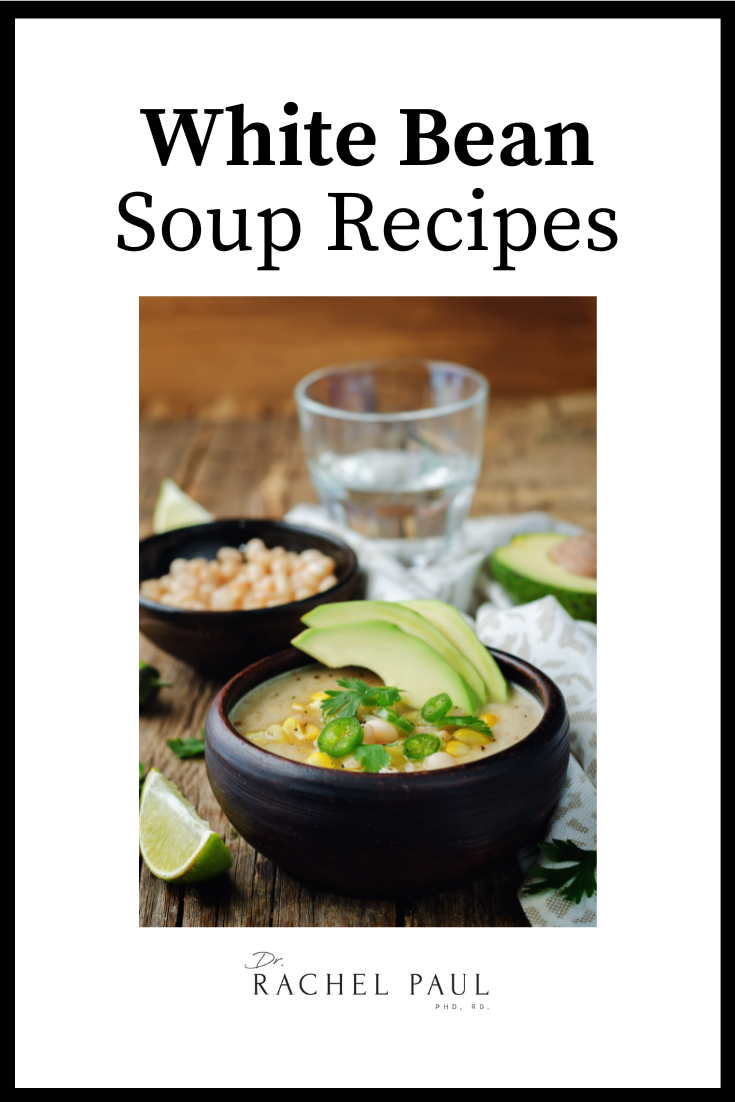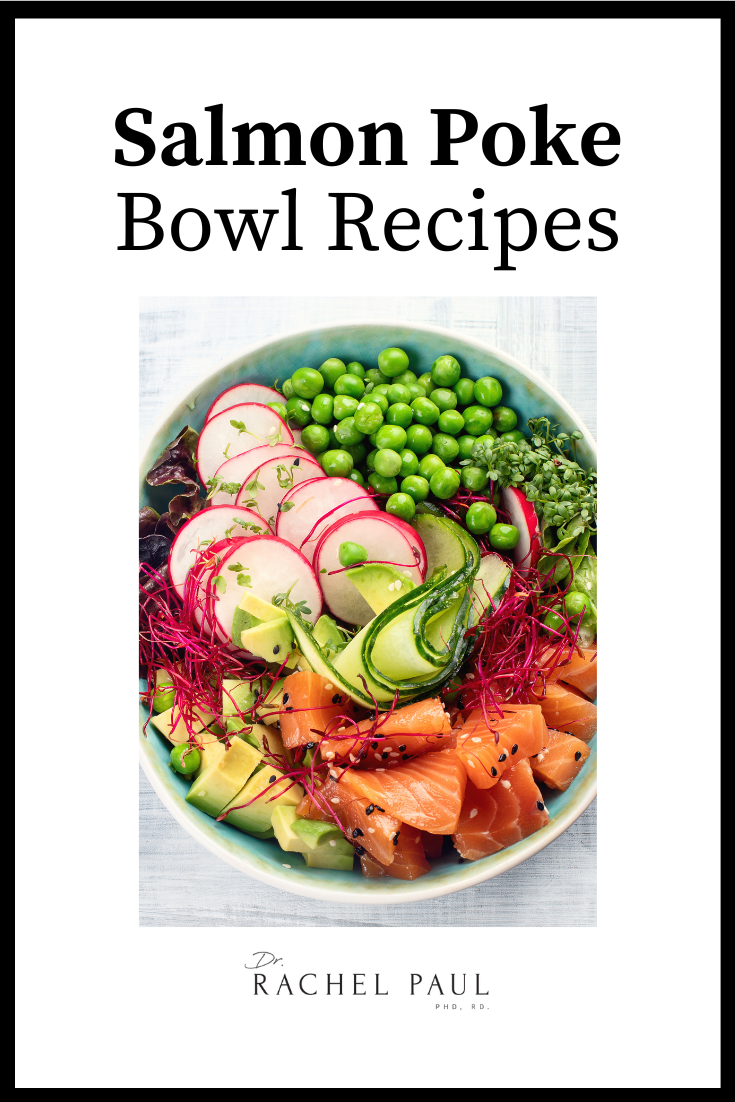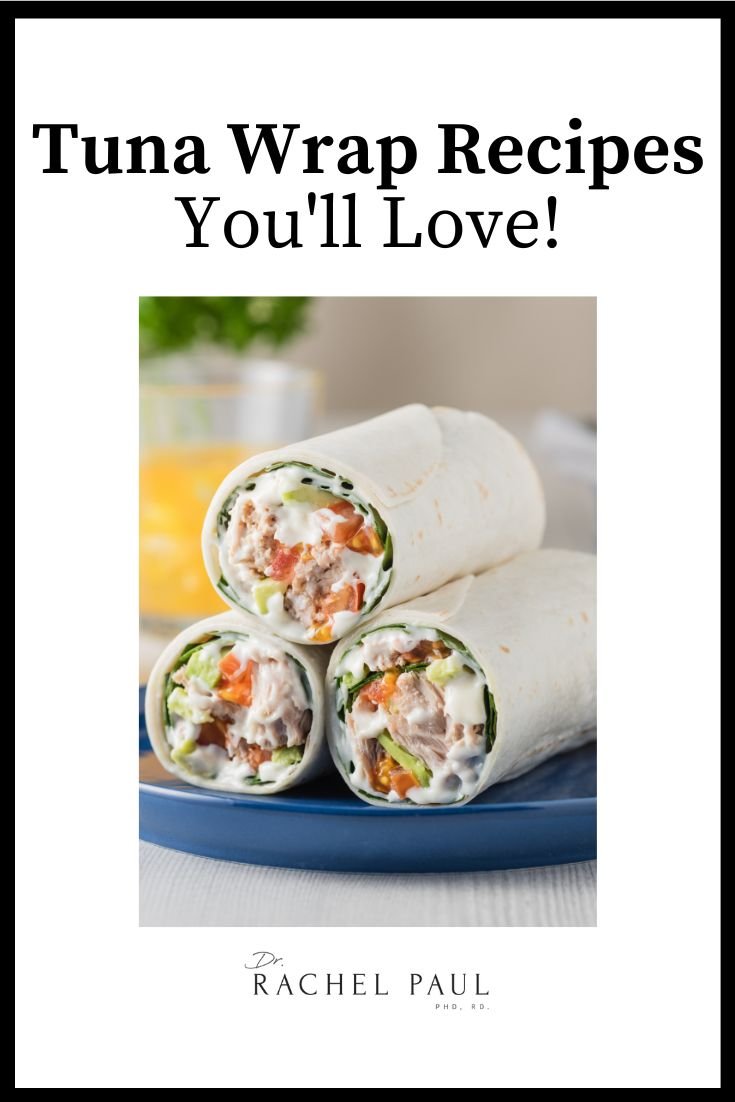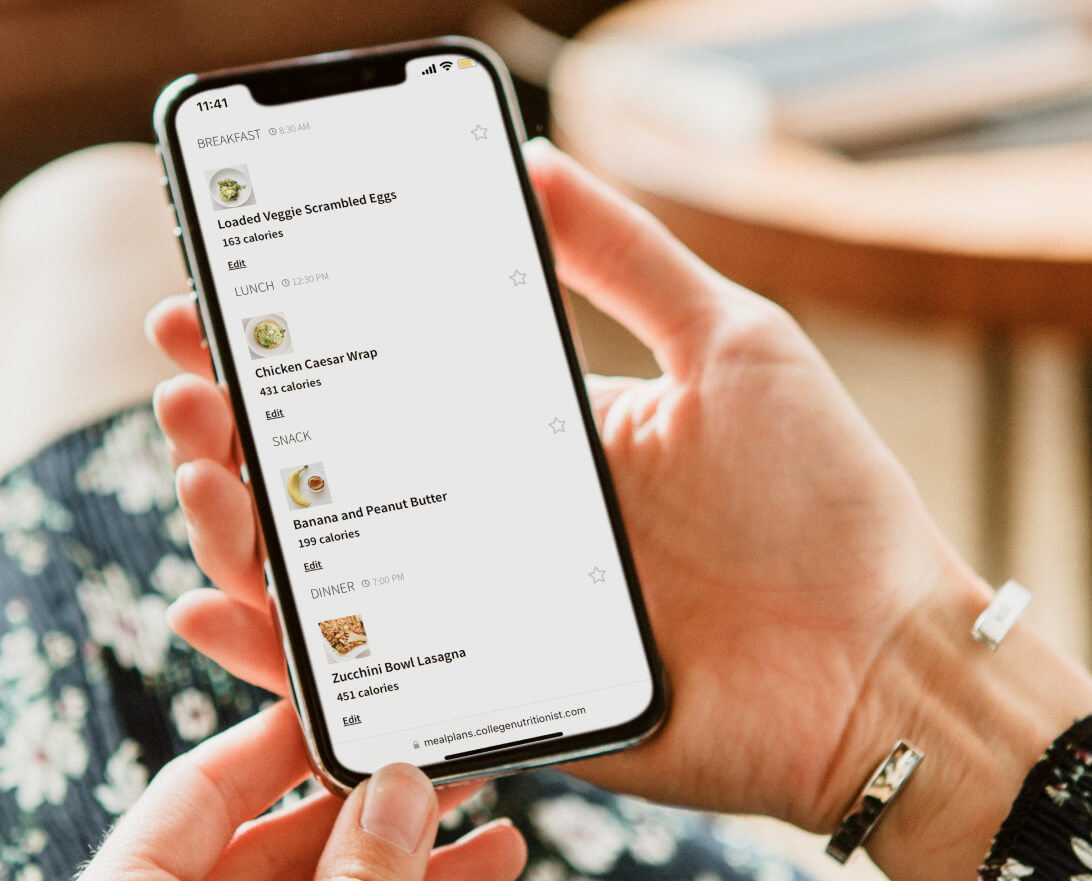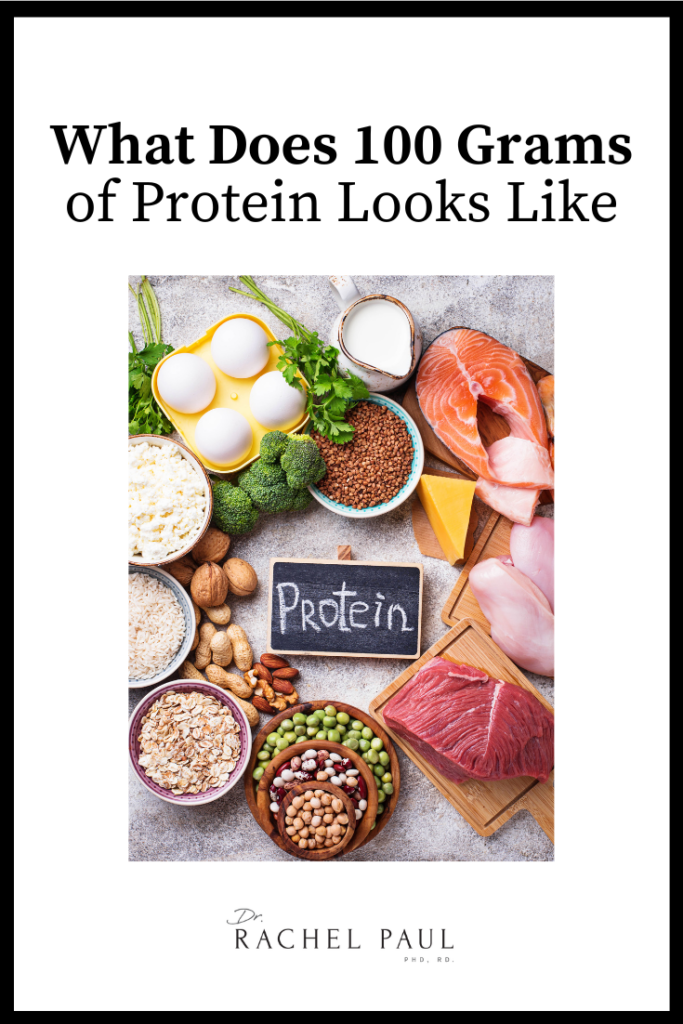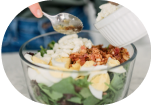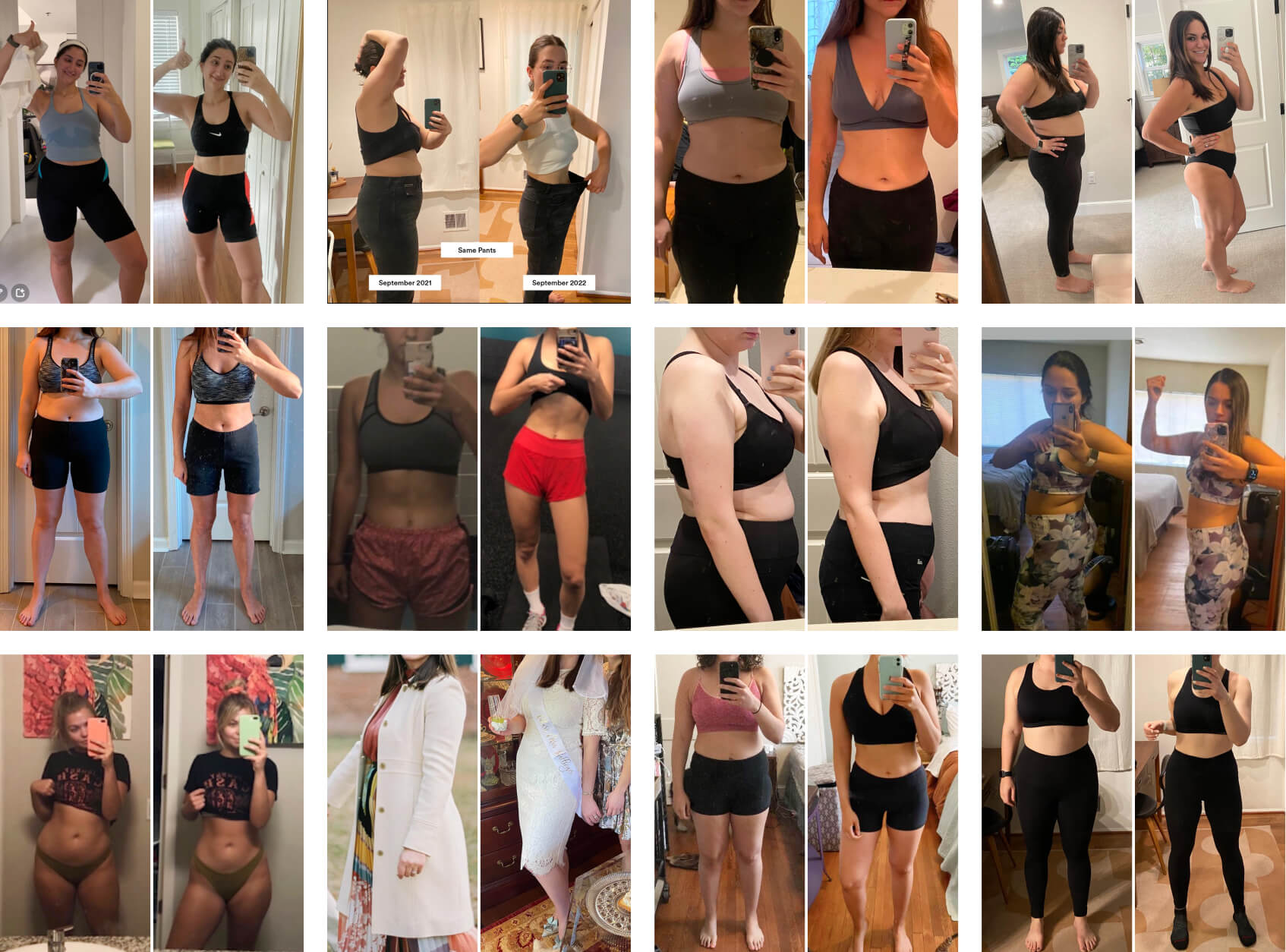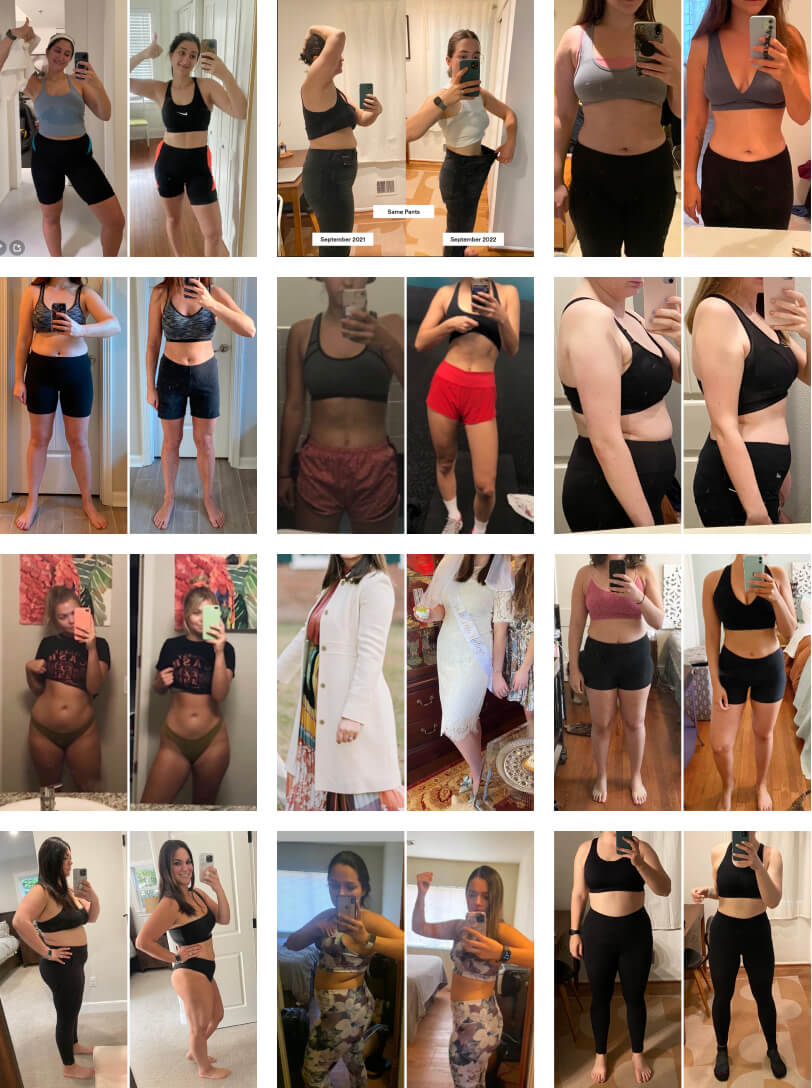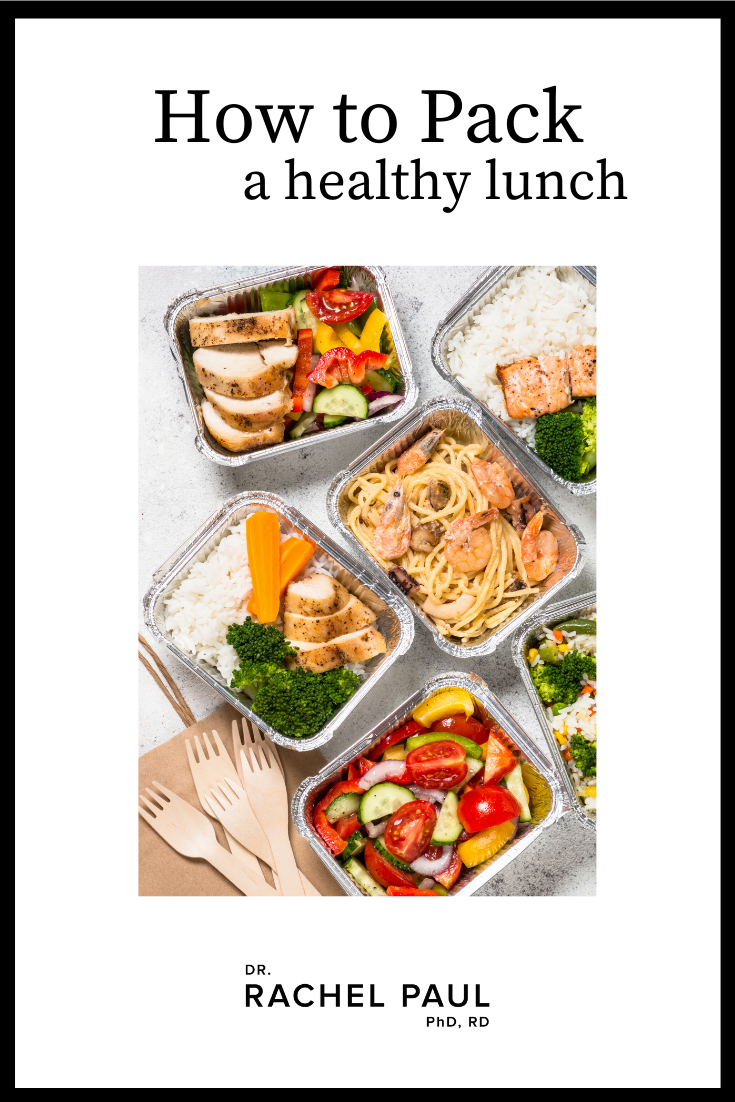
Packing a healthy lunch can be a challenge especially for busy individuals.
It takes a little planning and advanced preparations. It may also take a little more effort and time to get into the habit of packing healthy lunchers day in and day out, but once you get into the habit, it will be super easy.
There are so many benefits to packing healthy lunches. It can help save money because you won’t be buying lunches every day. It also gives you more control of what you eat, which means you can be sure you’re eating something healthy and nutritious that will fuel your body with energy and nutrients.
A nutritious mid-day meal can refuel your body for the rest of the day, so it’s really important that the food you’re eating for lunch is healthy.
So, in this post, I’m gonna give you tips on how to pack a healthy lunch, and give you some ideas as well.
How To Pack A Healthy Lunch
Keep Your Health Goals In Focus
If your goal is to eat healthy lunches, you need to figure out what your health goals are, and plan the meals according to that. Do you want to lose weight, gain weight, maintain it?
When you figure that out, it will be easier to decide what to pack for lunch every day.
Think About The Budget
There are many ways you can pack a healthy lunch every day while still being inside your budget.
You should plan your meals ahead, and make a shopping list of everything you need for that week. That way, you’ll know exactly what you need to buy, and how much you need to buy. So, you’ll only be buying things that you need, nothing will go to waste, and you will be able to plan meals according to your budget.
Planning ahead is also important if you want to do meal prep.
Another way to stay inside the budget is by utilizing any leftovers you have. You can either eat them for dinner that day or include them in tomorrow’s lunch.
You can ready more tips in my How To Save Money On Healthy Food post.
Use Leftovers
A great thing about packed lunches is that you can always pack any leftovers you have from yesterday, so nothing is going to waste.
If you have any meat, veggies, or carbs left from your healthy lunch, you can include them in tomorrow’s lunch. For example, if you have some chicken leftover from today’s lunch, you can just make a different side for tomorrow and utilize that.
Get A Lunch Bag
If you’re going to pack a healthy lunch every day, you definitely need a good lunch box or a bento box.
Having a good lunch bag for your food will help it stay fresh and cool or warm (depending on what you’re packing), which will make the lunch more enjoyable.
Use Healthy Ingredients
When you’re coming up with lunch ideas, include all necessary food groups in every lunch idea: lean protein, healthy fats, veggies, healthy carbs.
For protein, you can use boiled eggs, chicken (grilled chicken, ground chicken, cooked chicken, etc.), salmon, turkey (roasted turkey, ground turkey, etc.), etc.
For healthy fats, you can use olive oil, avocado, nut butter (peanut butter, almond butter, etc.), nuts, etc.
For healthy carbs, you can use brown rice, whole grain bread, whole grain crackers, whole grain pasta, quinoa, etc.
Do Meal Prep
A great tip for packing healthy lunches is doing meal prep.
You can prepare whole meals ahead of time for a few days, or you can prep parts of them. For example, you can boil more eggs at once, and then just take a boiled egg when you need it.
Or, you can grill more veggies at once, and use them for a few days.
Healthy Lunch Ideas
Egg Salad Lettuce Wraps
350 calories
Ingredients:
3 Egg, large – 216 calories
4 tsp Mayonnaise (tsp) – 128 calories
3 Lettuce leaves for lettuce wraps – 6 calories
1 Salt, dash – 0 calories
1 Pepper, dash – 0 calories
Instructions:
Hard boil eggs by bringing a pot of water to boil (with eggs in the pot) and letting eggs boil for 8 minutes. Remove from heat and peel when cooled.
Chop eggs into small pieces.
Mix eggs with mayo, salt & pepper.
Add to lettuce wraps.
Chopped Chicken Salad
443 calories
Ingredients:
2 cups Leafy greens, lettuce, raw – 10 calories
½ Tomato, medium – 11 calories
¼ Onion, red – 13.75 calories
6 oz Chicken thigh, boneless, skinless, raw – 190 calories
1 Egg, large – 72 calories
¼ cup Cheese, shredded, cheddar – 114 calories
1½ slice Artichokes, canned (pieces) – 15 calories
1 Tbsp Vinaigrette, light (less than 50 calories per 2 Tbsp) – 17.5 calories
1 Salt, dash – 0 calories
1 Pepper, dash – 0 calories
Instructions:
Hard boil egg by placing it in a small pot with water (have water level 1 inch above egg), turning the heat to medium, bringing the pot’s contents to a boil, and boiling for 9 minutes.
Slice egg into 4 pieces when cooked through.
Cut chicken, onion, and tomato into small pieces.
Spray pan with an oil spray. Cook chicken for 8-10 minutes on medium heat, until cooked through.
Combine
all ingredients.Top with dressing, salt, and pepper.
No chicken? Use tofu, fish, or beans. No dairy? Use a dairy-free cheese, avocado, or an oil-based dressing.
Chicken, Asparagus, Avocado and Rice
454 calories
Ingredients:
6 oz Chicken breast, boneless, skinless, raw – 190 calories
1 cup Asparagus spears, chopped – 27 calories
½ Avocado, small – 116.5 calories
½ cup Rice, brown, cooked – 120 calories
1 Everything bagel seasoning, dash – 0 calories
Instructions:
Spray pan with an oil spray. Cube chicken and cut off hard ends of asparagus.
Cook chicken for ~10 minutes on low heat, until chicken has cooked through.
Cook rice as instructed on package.
Serve with avocado on the side.
Season.
No chicken? Use beans, tofu, or fish.
Fish Tacos Lunchbox
577 calories
Ingredients:
4 oz Salmon fillet – 200 calories
2 Tortilla, whole wheat or corn, small – 120 calories
1 cup Grapes, red – 104 calories
1 Cheese, string cheese, cheddar, full fat/ regular – 80 calories
1 cup Mixed greens – 10 calories
½ cup Carrots, baby – 22.5 calories
1 Tbsp Peanut sauce – 40 calories
1 Salt, dash – 0 calories
1 Pepper, dash – 0 calories
Instructions:
Preheat the oven to 425 degrees F
Line a baking dish with parchment paper, and spray it with an oil spray
Place salmon on baking dish, bake for 15 minutes, or until salmon flakes easily
While salmon is baking, slice cheese into small pieces
When salmon is done cooking, slice salmon into pieces, and layer with salad greens on tortillas
Top tacos with salt, pepper, and peanut sauce
Serve all foods on a plate, or lunch box (carrots are on the side, not pictured)
No dairy? Use extra peanut sauce. No nuts? Use oil or an oil-based vinaigrette
Whole Foods Grocery Shopping Tips
What are whole foods
In case you’re not even entirely sure what whole foods are, whole foods are foods as close as possible to their natural states. They don’t contain added sugar, chemicals, flavorings, anything artificial. They’re foods that haven’t been processed.
How to choose foods
When it comes to choosing foods for each category, there are some tips & tricks you should know.
So, let’s get into the tips.
Get organic dairy products (if possible from pasture-raised animals), and not processed products (such as processed cheeses)
Get pasture-raised eggs
Meat raised with no antibiotics or hormones
Get clean products with no added sugars
Buy organic foods
Whenever it’s possible, buy organic foods.
Check the label
When you’re buying stuff like peanut butter, that’s slightly processed (typically whole foods aren’t processed at all, but many people count the very slightly processed foods as whole foods), make sure you check the label.
For example, peanut butter can be made with just blended peanuts. Therefore, it’s mostly considered a whole food. However, some brands put in additional and artificial things, which means those brands wouldn’t be considered whole foods.
So, make sure you check the label for everything.
Eat lots of fruits & veggies
The purest form of whole foods are fruits and veggies. Some people decide to be fully plant-based when they decide to eat whole foods (so no meat and dairy) just because of their personal preference, and some people decide to include meat and dairy when it’s whole foods.
But whatever you decide, you should eat lots of vegetables and fruits, whether it’s fresh produce, or frozen fruits & veggies.
When it’s frozen, just check the label to see nothing was added to it (but it shouldn’t be), and you’re good.
What not to eat
Here’s what to avoid when shopping for whole foods:
Packaged foods: chips, frozen meals, snack bars, etc.
Sweets: chocolate, candy, etc.
Added sugar in anything
Pre-made foods: pre-made sauces, etc.
Processed foods: processed cheeses, deli meat, bacon, etc.
Fast food: pizza, burgers, fries, etc.
Refined grains: white rice, white flour, white bread, white pasta, etc.
Where to shop
You can find whole foods in any grocery store (Trader Joe’s, Whole Foods, etc.). You just need to know what is considered a whole food, and you need to check the label for everything.
A great place to shop for fruits and veggies is a farmer’s market. They usually have better produce than grocery stores, since the farmers are growing them themselves, with nothing sprayed on the fruits & veggies (usually).
Examples of whole food recipes
If you’re struggling to find some recipe ideas with whole foods, here are a few ideas.
Breakfast idea:
Eggs in Peppers
163 calories
Ingredients:
2 Egg, large – 144 calories
½ Bell pepper, red – 18.5 calories
1 Salt, dash – 0 calories
1 Pepper, dash – 0 calories
Instructions:
Slice bell pepper into rings (2, have the rest of the pepper on the side or save for a snack!)
Spray pan with an oil spray & add in the 2 pepper rings
Crack 1 egg into each ring
Cover with lid & cook through to desired egg consistency
Snack idea:
1 Apple & 1/4 Cup Nuts
FRUIT
277 calories
Ingredients:
1 Apple, small – 77 calories
¼ cup Nuts – 200 calories
Instructions:
No nuts? Use seeds.
Lunch idea:
Fajita Chicken Sheet Pan
369 calories
Ingredients:
½ cup Asparagus spears, chopped – 13.5 calories
½ Onion, yellow – 27.5 calories
½ Bell pepper, red – 18.5 calories
6 oz Chicken breast, boneless, skinless, raw – 190 calories
1 Cumin, dash – 0 calories
½ tsp Garlic powder – 0 calories
½ tsp Chili seasoning – 0 calories
1 Salt, dash – 0 calories
1 Tbsp Olive oil (Tbsp) – 119 calories
Instructions:
Preheat oven to 400 degrees
Line a baking sheet with parchment paper & spray it with an oil spray
Thinly slice onion and bell pepper
Cut off hard ends of asparagus and discard
In a bowl, add all seasonings
Add chicken and veggies to the bowl, mix around so everything is coated. Add larger quantities of the seasonings if you like
Add veggies and chicken to sheet pan, bake for 30 minutes, flip chicken over at 15 minutes
Arrange all foods on a plate, top with oil and more seasonings.
Dinner idea:
Garlic Salmon and Broccoli
268 calories
Ingredients:
2 cups Broccoli – 62 calories
4 oz Salmon fillet – 200 calories
1 tsp Sesame seeds (tsp) – 6 calories
1 Garlic salt, dash – 0 calories
2 tsp Garlic, minced (tsp) – 0 calories
2 slice Lemon, slice – 0 calories
Instructions:
Preheat oven to 400 degrees F.
Line baking sheet with parchment paper or tin foil.
In a bowl, mix raw broccoli with minced garlic.
Add salmon and broccoli to baking sheet. Top with garlic salt.
Bake salmon & broccoli for 20 minutes, or until salmon flakes easily.
Squeeze lemon on top of broccoli & salmon once cooked.
